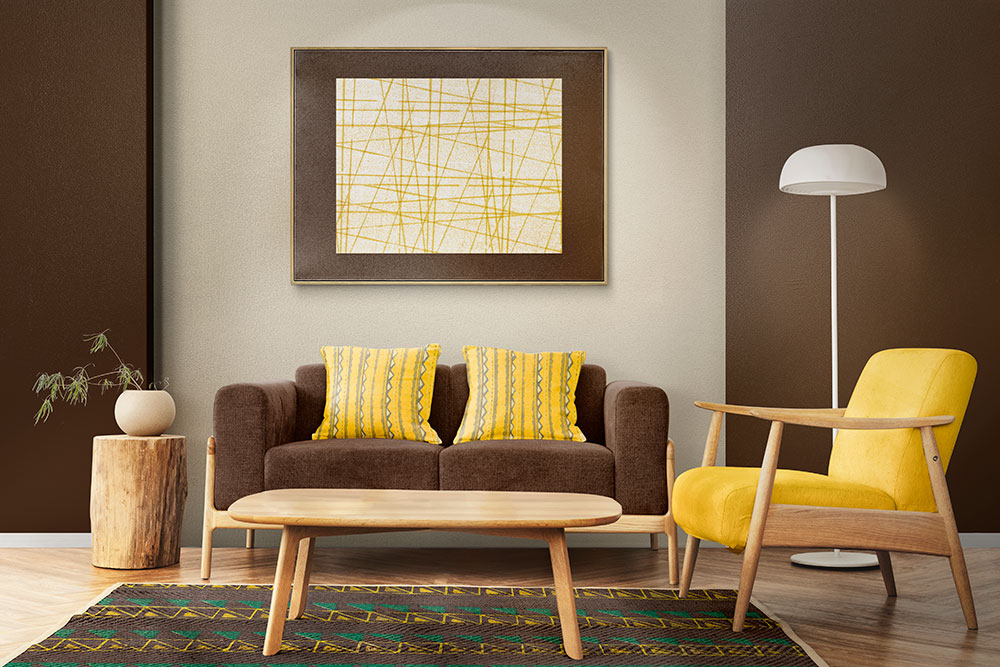Welcome to CondoCosmetics INC.
Welcome to CondoCosmetics INC.
Tips to avoid frequent house painting mistakes

How many layers of paint priming should I apply on a porous surface? How does the consistency of paints you want to use for house painting change while kept in the garage? Do you know what kind of paint to use in a kitchen and what kind of paint to use in a bathroom? You may not think about these things before you pick up your brush. Here, Condocosmetics experts answer some of the most frequently asked decorating issues, reveal some of the most typical painting mistakes, and recommend a few simple fixes.
Extreme temperatures can affect house painting. Indoors in an almost dry environment between 5°C and 35°C, most paint should be stored. It is important to keep your metal tins dry to avoid corrosion; therefore, outdoor storage may not be optimal. You should cover the top of the open paint can before securing the lid if you plan on storing your paint in a shed or garage.
This is the best option to keep dirt and debris from getting into the paint when it’s time to use it again. A change in temperature between seasons should also be avoided when painting because the evaporation of important compounds in the paint might change its consistency and color. For the most part, oil-based paints are more resistant to freezing than water-based paints because they freeze at a lower temperature.
However, it is understandable that homeowners would want to save expenditures on house painting, but this shouldn’t be on the instruments they need to complete the operation. In the short term, cheap paint brushes may save you money, but they’ll cost you more in the long run. Cheap brushes have several drawbacks, including the following:
Brushes that can be cleaned and reused are preferable to those that can only be used once. Water-based paint projects benefit from acrylic bristle brushes because they absorb less water, while solvent-based paint projects benefit from natural bristle brushes.
Edge tape can protect your wooden surfaces during house painting, but many people complain that when they remove the tape, some paint comes with it. In most cases, this results from people waiting for the paint to dry before removing their masking tape, but this is not the proper procedure. In the absence of edging tape, Condocosmetics offers some advice on how to cut in, physically applying paint to ceilings, door frames, skirting boards, and light switches in a precise and uniform manner.
Don’t press too hard on your brush; doing so can result in sloppy strokes and paint spilling from the brush. Invest in a high-quality angled sash brush if you want to get the best results. It will not only make your task much easier, but it will also produce sharp, professional-looking lines that may necessitate no masking whatsoever.
Wiggling your brush might help you fill in any gaps in your painting that may have occurred because of the tightness of the corners. You’ll want to work in bright light to paint a precise cut-in line. Use a headlamp if you need it, and be cautious of your own shadow. The easiest approach to get a good cut-in is to work fast and confidently with a steady hand. Use your full arm to sweep the brush along the wall quickly.